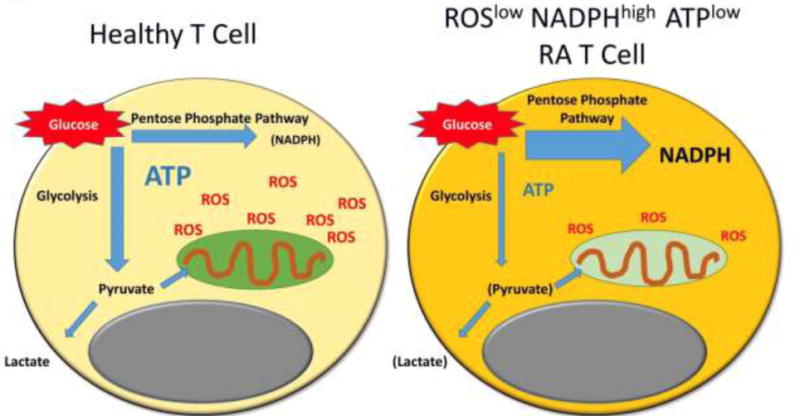Figure 1. Metabolic reorganization favors reductive conditions in T cells.

Healthy T cells undergoing activation have high energy and biosynthetic needs. They upregulate glucose import and glycolysis, driving mitochondrial activity and ROS production. T cells from patients with rheumatoid arthritis (RA) prefer shunting of glucose into the pentose phosphate pathway, thus reducing mitochondrial ROS production and enhancing NADPH generation. The outcome is a reduction of ATP and an intracellular milieu depleted of ROS. ROS, reactive oxygen species; ATP, adenosine triphosphate; NADPH, nicotinamide adenine dinucleotide phosphate
